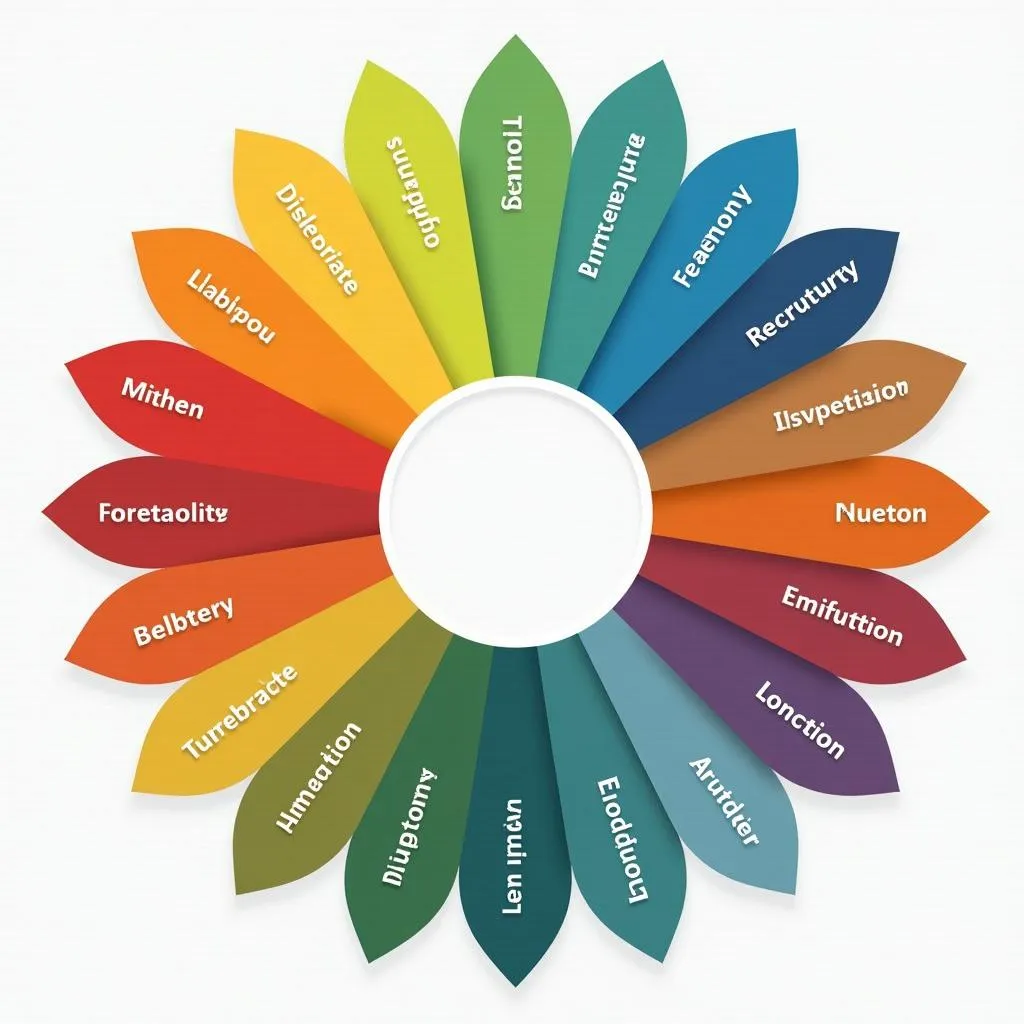As a color expert and design enthusiast at Color Box Hanoi, I’m often asked, “What colors do…?” The truth is, the world of color is your oyster, and the answer depends entirely on the mood and style you envision for your space.
Whether you’re drawn to the calming embrace of cool blues and greens or energized by the vibrancy of warm reds and oranges, understanding the impact of color is key to transforming your house into a home that truly reflects your personality.
Decoding the Language of Color
Each color evokes a different emotional response, influencing the atmosphere of a room:
-
Blue: Often associated with serenity and peace, blue is a popular choice for bedrooms and bathrooms. Lighter shades create an airy feel, while deeper hues add a touch of drama and sophistication.
-
Green: Inspired by nature, green promotes feelings of tranquility and renewal. It works beautifully in spaces where you seek relaxation and connection with the outdoors.
-
Yellow: Uplifting and cheerful, yellow is known to stimulate creativity and communication. It’s a welcoming choice for kitchens and dining rooms, where it can encourage social interaction.
-
Orange: Energetic and inviting, orange is a bold statement color that sparks enthusiasm and excitement. Use it sparingly in areas where you want to encourage activity and conversation.
 Color Wheel and Emotions
Color Wheel and Emotions
Creating Harmony: Color Combinations that Work
While individual color preferences vary, certain color combinations harmonize beautifully to create a visually pleasing and balanced aesthetic:
-
Complementary Colors: Found opposite each other on the color wheel, these pairings (think blue and orange, yellow and purple) create a dynamic and energetic contrast.
-
Analogous Colors: Sitting next to each other on the color wheel, these combinations (such as blue, blue-green, and green) offer a sense of serenity and flow.
-
Monochromatic Colors: Utilizing different shades and tints of a single color, this approach provides a cohesive and sophisticated look.
 Complementary Colors in Interior Design
Complementary Colors in Interior Design
Beyond the Basics: Factors to Consider
Selecting the perfect color palette extends beyond personal preference. Consider these additional factors:
-
Room Function: The intended use of a space should influence your color choices. For instance, calming blues and greens are ideal for bedrooms, while vibrant yellows and oranges can energize a kitchen or dining area.
-
Natural Light: The amount of natural light a room receives significantly impacts how colors appear. Light-filled rooms offer greater flexibility, while darker spaces may benefit from lighter, brighter hues.
-
Existing Decor: Consider your existing furniture, artwork, and textiles when selecting colors. Choose hues that complement or contrast with your current pieces to create a harmonious flow.
“When choosing colors, remember your home is a reflection of you,” says renowned interior designer, Anya Sharma. “Don’t be afraid to experiment and find what truly resonates with your personal style.”
Finding Your Perfect Palette
Choosing the right colors can feel overwhelming, but Color Box Hanoi offers expert guidance to help you navigate the endless possibilities. Our team understands the transformative power of color and provides personalized consultations to help you create a space that reflects your unique vision.
Ready to embark on a colorful journey? Contact Color Box Hanoi today! We’re excited to help you discover the perfect hues to transform your house into a home that truly inspires.

